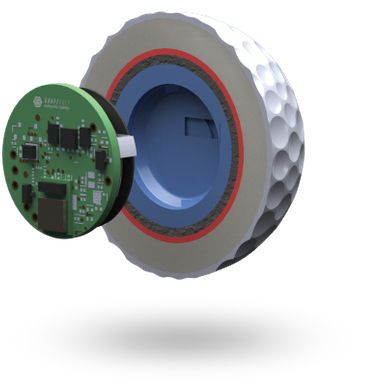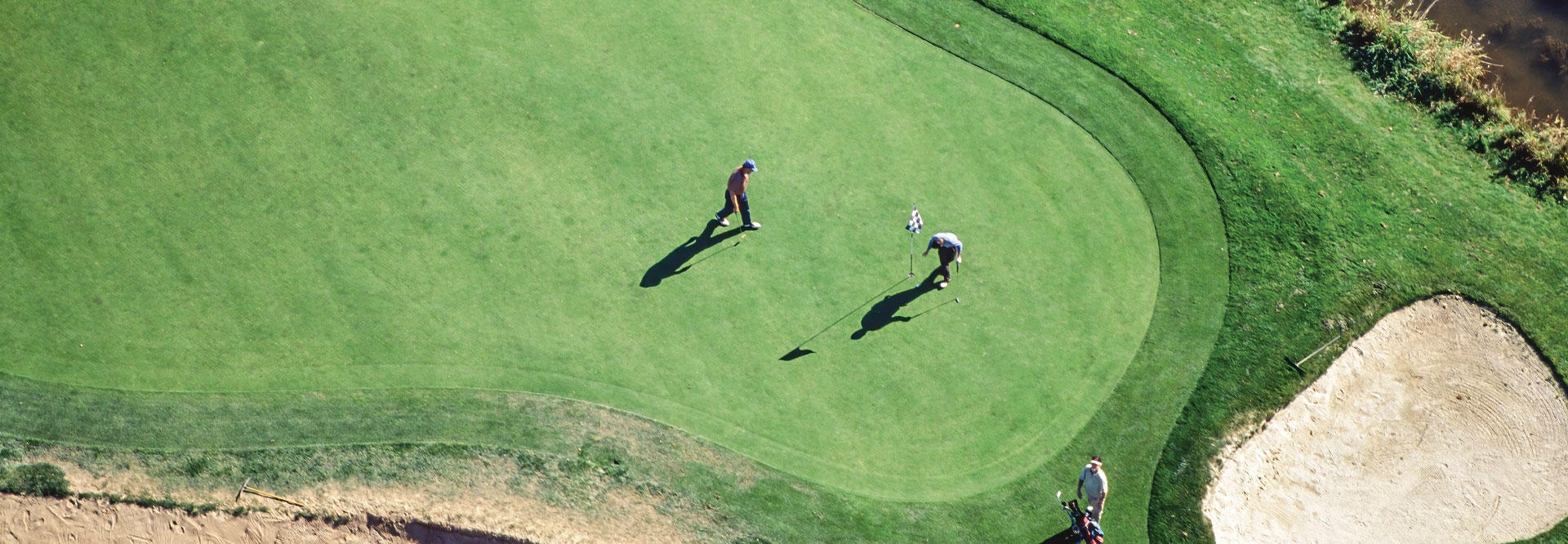in Story & News
Smart Technology and AI:
The Evolution of Golf Balls
Technological advancements are transforming the paradigm of golf. Even golf balls, the core equipment of the sport, are evolving from simple consumables into smart equipment that integrates cutting-edge scientific technology. This article introduces the remarkably sophisticated technology hidden in the small and lightweight world of golf balls, which have an average diameter of 4.3 cm and an average weight of just 45 grams.
By Soon-yong Chun, golf columnist and PhD in engineering
Golf Balls: The Pinnacle of Advanced Science
The technological innovation in golf balls is evident in the changes seen in patent applications. In the past, most patents focused on improving distance, spin control, and the design and materials of the ball’s exterior. Recently, however, there has been a rise in attempts to insert electronic chips inside golf balls to implement specific functions. These functions include trajectory tracking, game data generation, and even eco-friendly features. For example, built-in sensors and GPS technology can collect and analyze player data in real time, allowing players to accurately monitor their swing, distance, and accuracy.
According to the Korean Intellectual Property Office, the patent for a “Golf Ball Having GPS Inside Thereof” (Application No. 1020100066112) was filed in 2010. This ball was designed to not only track its location but also enable self-charging through a piezoelectric element. In 2022, additional patents were filed, including a “Tracking System for Position of Golf Ball” (Application No. 1020220026170), which is a distributed sensor capable of simultaneously tracking the trajectories of multiple golf balls hit by golfers, and a “Method for Detecting Hitting Result of Golf Ball Using AI and Virtual Golf Device Using the Same” (Application No. 1020220061909), which allows golfers to enjoy virtual golf through a simulator. Patents related to golf balls have evolved beyond simply improving the materials or design of the ball. They are now advancing toward collecting and analyzing real-time data. Built-in sensors and GPS analyze factors such as ball speed, spin, and trajectory, while AI processes this data to provide customized feedback.
Smarter Golf Balls
Smart golf balls precisely analyze swing speed, angle, and ball trajectory, helping players improve their swings. AI learns from a golfer’s swing patterns and provides tailored insights for better hole strategies. This data analysis is integrated with mobile applications, making it more intuitive and convenient for players to use.
Innovative attempts by companies to develop smart golf balls are creating new value in the industry. Since the release of the world’s first smart golf ball by Graff Golf in 2018, leading domestic and international companies have been focusing on smart golf ball development.
There is also a shift in the direction of golf ball technology development. In the past, the focus was on increasing distance through design, materials, and functional changes. However, now there is growing pressure to limit driving distances. In the early 2000s, few players could drive over 300 yards on the PGA Tour, but thanks to advances in club and ball performance, more than half of PGA Tour players now exceed 300 yards. Instead of expanding the size of golf courses, the United States Golf Association (USGA) and the Royal and Ancient Golf Club (R&A) have decided to regulate golf ball performance to curb driving distance. The current balls will no longer be allowed in official competitions starting in 2028. However, despite these restrictions, the integration of IT and AI into smart golf balls is expected to bring revolutionary changes to the sport.

The world’s first smart golf ball released by Graff Golf in 2018
Future of Personalized Golf Experiences
The combined data collected from smart golf balls and AI algorithms are expected to further enhance individual players’ experiences on the course. AI will analyze a player’s playing history and provide customized recommendations for optimal clubs and strategies based on the characteristics of the golf course and the player’s skill level, effectively acting as an AI caddy. Previously, players had to manually record their game data, but with AI, all round information will automatically be stored on a smartphone without the need for separate recording. In addition, real-time monitoring functions will provide players with detailed feedback on the optimal swing technique.
AI is also expected to enable the production of custom golf clubs using 3D printing technology, tailored to the player’s body type, swing style, and playing conditions. These technological advancements will make golf a more scientific and data-driven sport while increasing player engagement through personalized services. These changes are expected to make golf easier and more enjoyable for a broader range of players, enriching and diversifying golf culture in the future.
